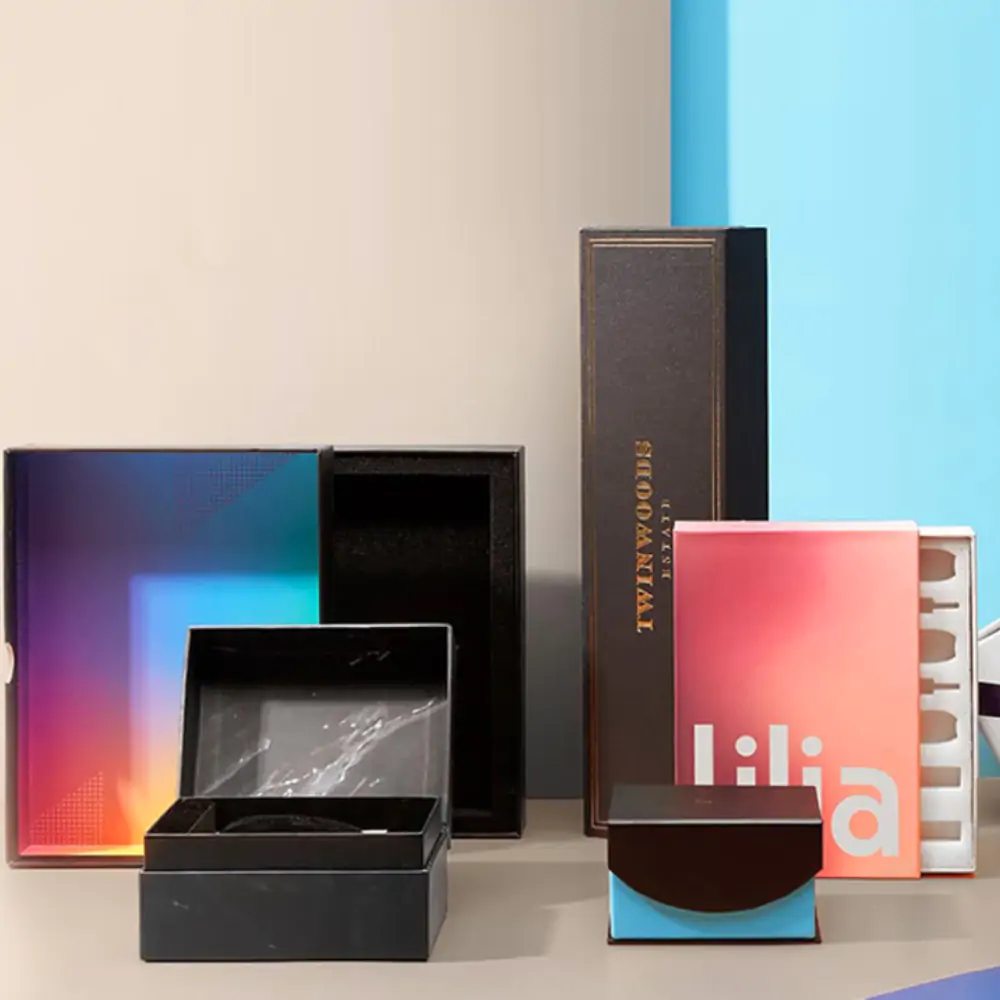
You can learn the industry knowledge and find the newest trends in packaging from our blogs.
While the prospect of a redesign is exhilarating, it demands thoughtful consideration. Going too extreme runs the risk of alienating loyal fans and consumers, while playing it too safe might result in minimal impact. Striking a balance, in collaboration with your supplier, is crucial to prevent any detrimental effects on your brand.
To ensure a successful packaging redesign, steer clear of the following five pitfalls:
While maintaining consistency with branding guidelines and existing packaging and marketing materials holds significance, packaging designers often find themselves reluctant to make substantial changes to their packaging. Stagnant packaging can prompt customers to question the freshness of your brand as a whole.
While it is important to exercise caution when altering packaging, it is equally crucial to make meaningful changes that leave a lasting impact on your overall messaging and packaging. Rather than shying away from significant changes, focus on the elements that can create the most noticeable transformation in your packaging. This may involve reimagining the structure of your current packaging, exploring different materials, or even introducing new colors. These bold visual cues can instantaneously breathe new life into an outdated packaging design and demonstrate your brand’s continued relevance. Such changes have the potential to attract new customers and expand your overall customer base.
While some packaging designers may exhibit timidity in implementing significant changes to their packaging, others may err on the side of being too bold, introducing numerous alterations all at once. However, completely transforming your packaging to the point of being unrecognizable to existing customers can lead to alienation and a decline in sales, as seen in the case of Tropicana and other prominent brands. Avoiding such a fate should be a priority. Prior to making extensive changes to your packaging, carefully consider how your existing customer base engages with it.
While the prospect of recreating your packaging entirely can be thrilling, it remains crucial to maintain a connection with your brand identity and meet the expectations of your customers. It is advisable to refrain from implementing two drastic changes simultaneously, such as simultaneously altering graphics and structure. Instead, opt for a more measured approach that allows for a seamless transition and preserves the familiarity that your customers have come to associate with your brand.
Having an instant “wow” factor is crucial for capturing attention and standing out on store shelves. Whether it’s the unique structure, vibrant colors, or captivating coatings and print effects, every package should possess that special element that elicits a “wow” reaction. The specific nature of the “wow” factor may differ across industries and product types, aligning with consumer expectations.
Nevertheless, it is essential to provide your audience with something delightful to enhance the success of your packaging redesign.
Although it is not advised to excessively package your product, it is crucial not to diminish the overall packaging. Making drastic changes to the size of your current packaging can lead to various adverse impacts on sales figures.
On the positive side, decreasing the packaging size implies occupying less space on the shelf, which could potentially be seized by a competitor. Conversely, smaller packaging also limits the area available for visuals and communication. This might necessitate the exclusion of significant graphics or messaging, thereby potentially harming your overall marketing endeavors.
At times, the motivation behind packaging revamps can be misguided. In certain cases, marketers and packaging designers may perceive their packaging as lagging behind the leading brand in the industry. While it is essential to stay updated with industry trends, it is never advisable to initiate a redesign solely because a major competitor has changed their packaging.
Have you ever observed the stark differences between trusted brands like Old Spice and Axe? Would you really want to discard Old Spice’s rich history and heritage in favor of a modern, sleek design?
Keep in mind that your packaging still needs to effectively communicate your brand message and meet the expectations of your customers. Emulating a competitor’s design may create a sense of inconsistency that can be challenging to recover from.
Uncertain about whether your packaging requires a revitalization or a total transformation? ZB Packaging’s team of packaging experts can assist you in identifying the optimal solution for your brand.
Get in touch with us to avail a complimentary packaging consultation.
You can learn the industry knowledge and find the newest trends in packaging from our blogs.
©2023. ZB Packaging. All Rights Reserved.